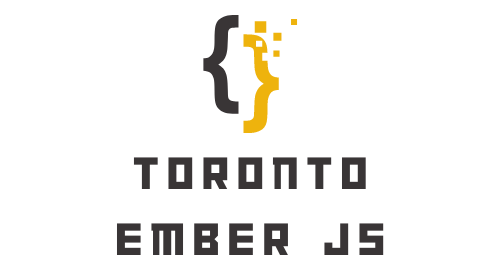As the digital landscape becomes increasingly competitive, having a website that simply looks good is no longer enough. In order to succeed in today’s market, it’s essential to have a website that is not only visually appealing but also highly effective at converting visitors into customers. Here are five must-have elements that every high-converting website should include.
Clear and Compelling Messaging
The first and most important element of a high-converting website is clear and compelling messaging. Your website should clearly communicate what you do, who you do it for, and why it matters. This messaging should be prominently displayed on your homepage and throughout your website, and should be written in language that resonates with your target audience.
One effective way to ensure your messaging is clear and compelling is to focus on the benefits of your product or service rather than its features. Instead of simply listing the features of your product or service, explain how those features solve your customer’s problems or meet their needs. By doing so, you’ll be able to connect with your audience on an emotional level and create a sense of urgency that can lead to conversions.
Easy-to-Use Navigation
Another key element of a high-converting website is easy-to-use navigation. Your website should be easy to navigate, with a clear hierarchy that allows visitors to quickly find the information they need. This means organizing your content into logical categories, using clear and descriptive labels for your navigation menu items, and including a search bar to help visitors find specific content.
In addition to making your website easy to navigate, it’s also important to optimize your navigation for mobile devices. With more and more people using smartphones and tablets to browse the web, having a mobile-friendly website is essential. This means using responsive design techniques to ensure your website looks great on any device, and optimizing your navigation for touch-based interactions.
Compelling Calls-to-Action
A high-converting website also needs compelling calls-to-action (CTAs). CTAs are the buttons, links, or forms that encourage visitors to take action, such as signing up for a newsletter, making a purchase, or filling out a contact form. Your CTAs should be prominently displayed throughout your website, using eye-catching colors and language that motivates visitors to take action.
One effective strategy for creating compelling CTAs is to use language that emphasizes the benefits of taking action, rather than simply asking visitors to “submit” or “subscribe.” For example, instead of a generic CTA like “Join Now,” try using something like “Get Exclusive Access” or “Start Saving Today.” By focusing on the benefits of taking action, you’ll be able to create a sense of urgency that can lead to more conversions.
Social Proof
Social proof is a powerful tool for building trust and credibility with your audience, and it’s a key element of any high-converting website. Social proof includes things like customer reviews, testimonials, and case studies that demonstrate the effectiveness of your product or service. By highlighting the experiences of your satisfied customers, you can create a sense of trust and credibility that can help overcome any doubts or objections that potential customers may have.
There are many ways to incorporate social proof into your website, such as including customer reviews on product pages, featuring testimonials on your homepage, or creating a dedicated case studies section. Whatever approach you choose, make sure your social proof is prominently displayed and easily accessible throughout your website.
Clear and Simple Forms
Finally, a high-converting website needs clear and simple forms. Forms are an essential part of many websites, whether you’re collecting contact information, processing payments, or gathering feedback from your customers. However, if your forms are too complex or confusing, they can become a barrier to conversion.
To create clear and simple forms, start by only asking for the information you need. The more fields you include in your form, the more daunting it can be for visitors to fill out. Use clear and descriptive labels for each field, and consider using placeholders or inline validation to guide visitors as they fill out the form.
Another effective strategy is to break longer forms into smaller sections or steps. This can help visitors feel like they are making progress and reduce the cognitive load of filling out a long form all at once. Additionally, be sure to optimize your forms for mobile devices, as many visitors will be accessing your website from their smartphones or tablets.
A high-converting website requires more than just a pretty design. By incorporating these five essential elements – clear and compelling messaging, easy-to-use navigation, compelling calls-to-action, social proof, and clear and simple forms – you can create a website that not only looks great but also effectively converts visitors into customers. By focusing on the needs and desires of your target audience and optimizing your website for their experience, you can increase conversions, drive more revenue, and grow your business.

